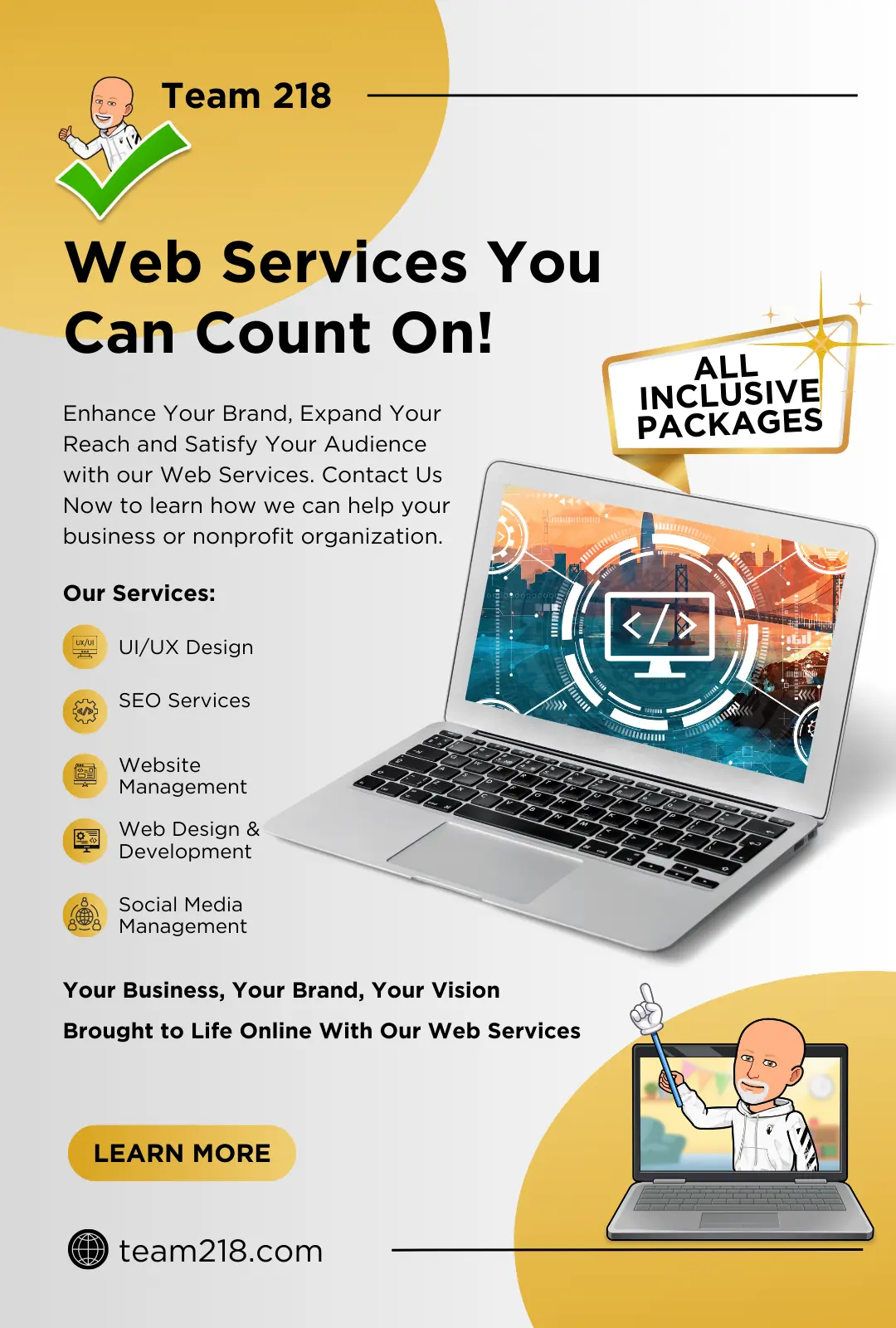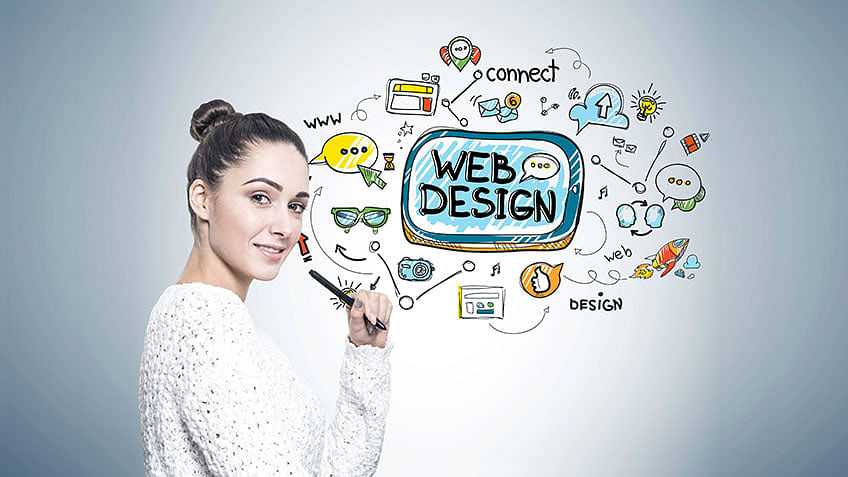Just How to Attain Stunning Results with Expert Web Design Practices
Just How to Attain Stunning Results with Expert Web Design Practices
Blog Article
The Comprehensive Guide to Crafting Aesthetically Appealing and Practical Website Design That Meets Customer Demands
In today's electronic landscape, the significance of crafting internet layouts that are both visually attractive and useful can not be overemphasized. By prioritizing user-centered design concepts, developers can create experiences that not only bring in yet also maintain customer interest.
Comprehending User-Centered Layout
At the heart of effective website design exists the principle of user-centered style, an ideology that focuses on the needs, choices, and actions of customers throughout the advancement process. This approach involves comprehensive research to comprehend the target audience, guaranteeing that the final item reverberates with its desired users. By integrating individual comments at every phase, developers can produce interfaces that are not only visually attractive however likewise practical and user-friendly.
User-centered design emphasizes empathy, requiring designers to enter the customers' footwear and consider their perspectives. Strategies such as customer personalities, journey mapping, and functionality screening are utilized to determine discomfort factors and possibilities for enhancement. This iterative procedure enables consistent refinement, as designers adapt to developing customer needs and technical developments.
Integrating user-centered style brings about raised customer complete satisfaction and involvement, ultimately resulting in higher conversion prices and brand name loyalty. It fosters a collaborative setting where stakeholders, consisting of designers, programmers, and customers, collaborate to accomplish a shared vision. By putting individuals at the center of the layout process, companies can produce websites that not just meet organization goals yet likewise provide purposeful and gratifying experiences for users.
Secret Concepts of Visual Style
Efficient aesthetic design functions as the foundation for producing interesting and user-friendly sites. It incorporates several essential concepts that guide developers in crafting cosmetically pleasing and functional interfaces.
First, equilibrium plays an important duty in achieving visual consistency. Developers should disperse components evenly across the format to prevent frustrating users. This can be accomplished through symmetrical or asymmetrical design methods.

Furthermore, placement is necessary for organizing info. Consistent positioning of text and photos fosters a tidy layout, boosting general navigation and customer experience.
 Proximity also contributes to aesthetic quality. Grouping associated items with each other aids customers in recognizing the relationship in between various aspects, making the user interface more intuitive.
Proximity also contributes to aesthetic quality. Grouping associated items with each other aids customers in recognizing the relationship in between various aspects, making the user interface more intuitive.Finally, uniformity in layout components, such as colors, designs, and typefaces, reinforces brand identity and assists individuals browse the website a lot more easily. By including these key principles of visual style, web developers can produce interfaces that are not only visually appealing but user-centered and also functional.

Relevance of Responsive Design
Receptive design is a vital aspect of contemporary internet development, making certain that websites work seamlessly across a range of tools and screen sizes. As the net landscape evolves, the diversity of devicesâEUR" varying from smart devices to tablets and desktop computersâEUR" requires a layout approach that fits all individuals.
Applying responsive design enables an adaptable layout that immediately adjusts based upon the customer's screen dimensions. This versatility not just enhances availability yet additionally improves usability, as users can navigate and engage with the website effortlessly, despite their device.
Furthermore, internet search engine like Google focus on mobile-friendly websites in their ranking algorithms. A responsive design can considerably improve a site's SEO performance, eventually driving even more traffic and enhancing visibility.
In addition, receptive design lowers the like this demand for keeping numerous variations of an internet site, simplifying updates and material administration. This effectiveness click to read more translates into price financial savings and a much more cohesive brand experience throughout systems.
Enhancing Individual Experience
User experience (UX) is a pivotal part of internet style, influencing how site visitors engage with a site and perceive its worth. A well-crafted UX makes sure that users can navigate with ease, discover information conveniently, and accomplish their goals successfully. The style must take into consideration the individual's journey, from the minute they arrive at the website to the conclusion of their preferred action, whether that be buying, signing up for a newsletter, or accessing details.
Secret elements that boost UX include clear navigating, responsive layouts, and appealing visual web content. Consistency in layout aspects such as typefaces, buttons, and shades cultivates experience, making the internet site feel natural. Additionally, enhancing lots times is vital; users are much less likely to remain on a site that is sluggish to react.
Incorporating accessibility functions guarantees that all users, consisting of those with impairments, can interact with the website seamlessly. Moreover, user-centric layout principles must guide content company, offering pertinent information in a rational framework. By focusing on customer needs and preferences, web developers can develop experiences that are not just aesthetically appealing but also functional, ultimately fostering user satisfaction and loyalty
Testing and Iterating Designs
Evaluating and iterating designs are essential processes that comply with the preliminary production of a web site, making certain that the customer experience continues to be at the center of any kind of adjustments. These stages entail collecting customer responses, assessing layout efficiency, and making notified adjustments to improve functionality and interaction.
Efficient testing can take various kinds, consisting of functionality testing, A/B testing, and customer studies. Functionality testing allows developers to find this observe genuine customers as they engage with the site, identifying pain factors and locations for enhancement. A/B testing, on the various other hand, contrasts two variations of a layout aspect to figure out which does much better, offering quantifiable data to overview choices. Customer studies can supply qualitative insights, catching user beliefs and preferences.
Continual model promotes a flexible layout approach, where the site progresses in feedback to customer behavior and feedback. By committing to extensive screening and model, developers can develop a website that not only satisfies aesthetic criteria yet additionally delivers a seamless and satisfying customer experience.
Verdict
In final thought, efficient internet style necessitates the integration of user-centered concepts, vital aesthetic layout aspects, and receptive frameworks to produce appealing interfaces. By prioritizing customer demands and applying continual screening and version, designers can refine their productions to boost general contentment. The dedication to these methods not only fosters an aesthetically attractive aesthetic but additionally makes certain capability throughout diverse tools, eventually adding to a favorable individual experience and increased involvement.
By prioritizing user-centered design concepts, designers can produce experiences that not only bring in but additionally keep user rate of interest.At the heart of effective internet design exists the principle of user-centered layout, an approach that prioritizes the demands, preferences, and habits of users throughout the advancement procedure. By putting customers at the leading edge of the layout process, companies can develop sites that not just meet organization objectives yet also give satisfying and meaningful experiences for individuals.
By focusing on user requirements and choices, web developers can develop experiences that are not only visually enticing but likewise useful, ultimately promoting customer satisfaction and commitment.
User surveys can use qualitative understandings, capturing individual beliefs and choices. (web design)
Report this page